about us
At Replenish Waterpower, we’re revolutionizing clean energy with next-generation waterpower technology. Our innovative systems unlock the power of the weight of water, generating clean electricity for a sustainable future.
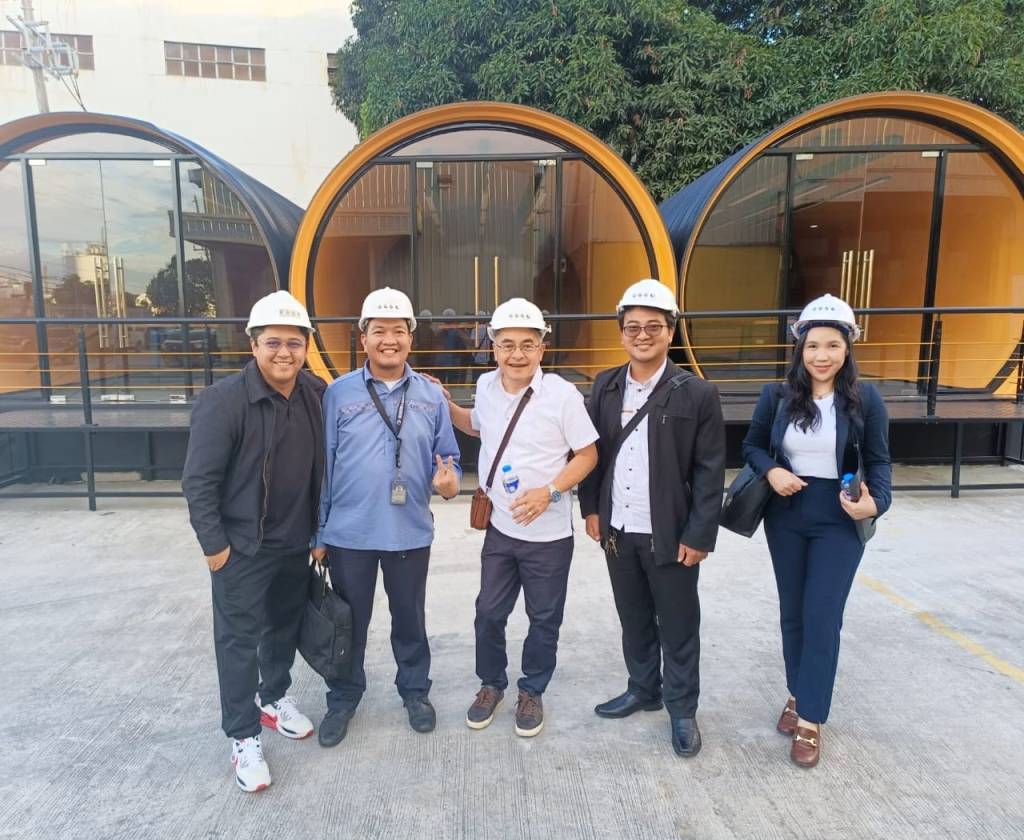
A Brief History of Hydropower
Hydropower boasts a rich and fascinating history, intricately linked to human progress and innovation.
Early Applications
(202 BC – 9 AD)
The seeds of hydropower were sown in China during the Han Dynasty. Here, waterwheels powered by vertical axles played a crucial role in various tasks like pounding grain, processing ore, and even early papermaking.
Medieval Europe
(5th – 15th Centuries)
Waterwheels became ubiquitous across Europe, powering flour mills, sawmills, and even early industrial processes like textile production. This reliance on waterpower fueled economic growth and technological advancements.
The Age of the Turbine
(1771 – 1880s)
The 18th century witnessed a shift from the traditional waterwheel to more efficient turbines. Pioneering engineers like Bernard Forest de Bélidor laid the groundwork for turbine technology in the mid-1700s.
First Projects
(1878 – 1900s)
The world’s first hydroelectric project, albeit small-scale, emerged in 1878 at Craigside, England, powering a single lamp. Soon after, the focus shifted towards larger projects serving communities leading to the Niagara Falls project in 1895 which symbolized the commercial viability of hydropower.
Large-Scale Development
(1930s – 1970s)
The 20th century witnessed a surge in hydropower development. Projects like the Hoover Dam (1936) in the United States and massive installations across Europe, the Soviet Union, and Japan harnessed the power of rivers to meet growing electricity demands.
Hydropower Today
(2000s – Present)
Hydropower remains a cornerstone of global renewable energy strategies, contributing about 16% of global electricity generation (2020). The future of hydropower will likely focus on balancing increased capacity with sustainable practices, integrating cutting-edge technologies, and supporting global efforts to combat climate change.
What Is Green Infrastructure?
Natural solutions like rain gardens and trees absorb and filter stormwater where it falls, reducing pollution and flooding while creating beautiful green spaces.
Featured Articles
-
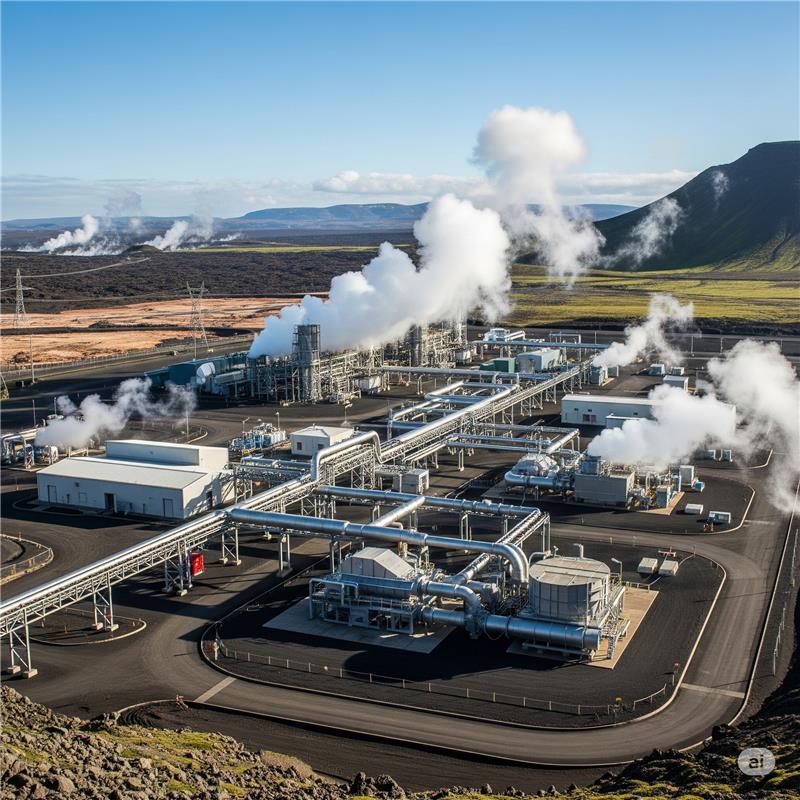
Comparison of Eiselstein Energy Converter and Geothermal Power Plant
-
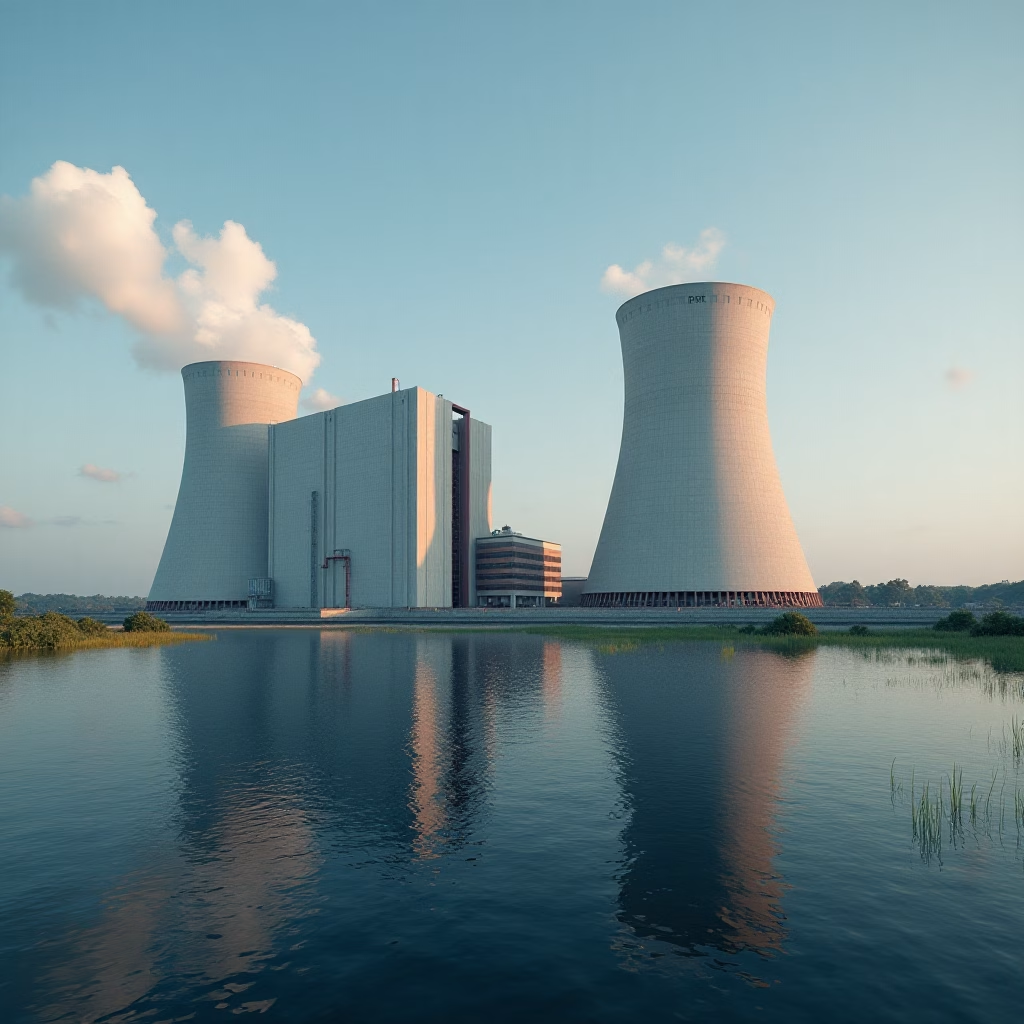
Comparison of Eiselstein Energy Converter and Nuclear Power Plant
-
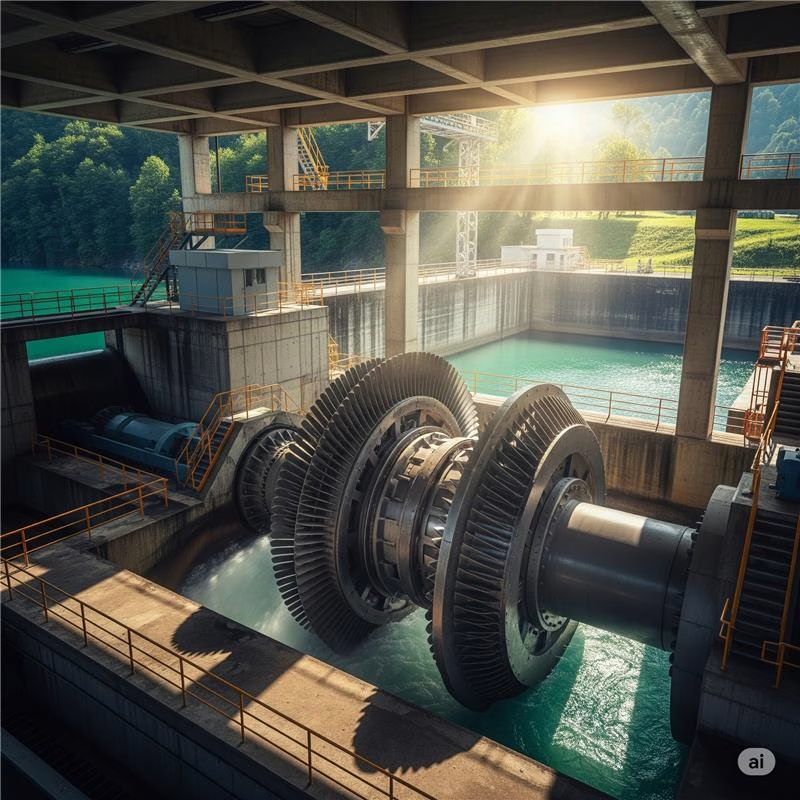
Comparison of Eiselstein Energy Converter and Conventional Hydroelectric Power Plant
-
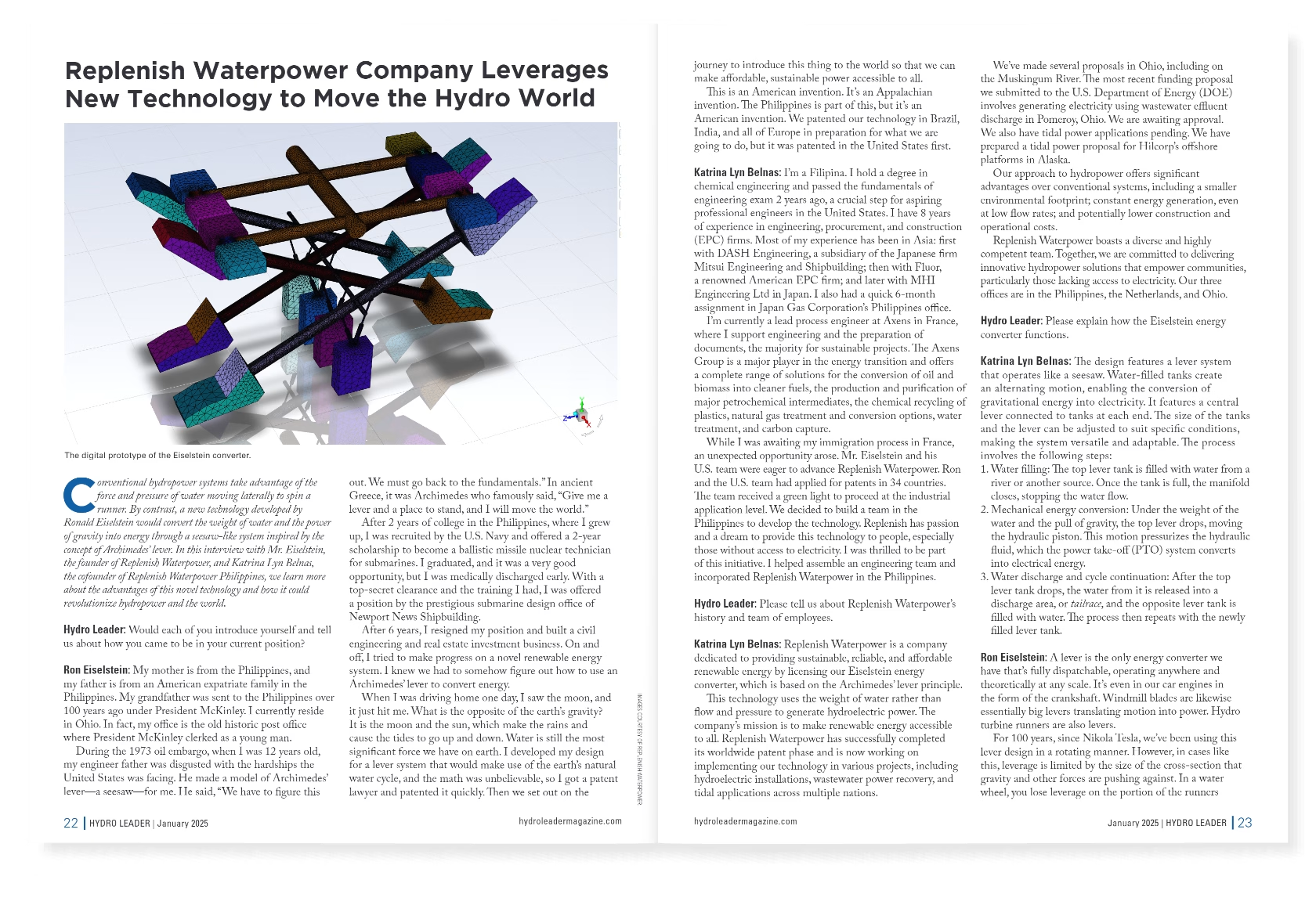
Hydro Leader Magazine featured Replenish Waterpower
-

Ansys + Replenish Waterpower
-
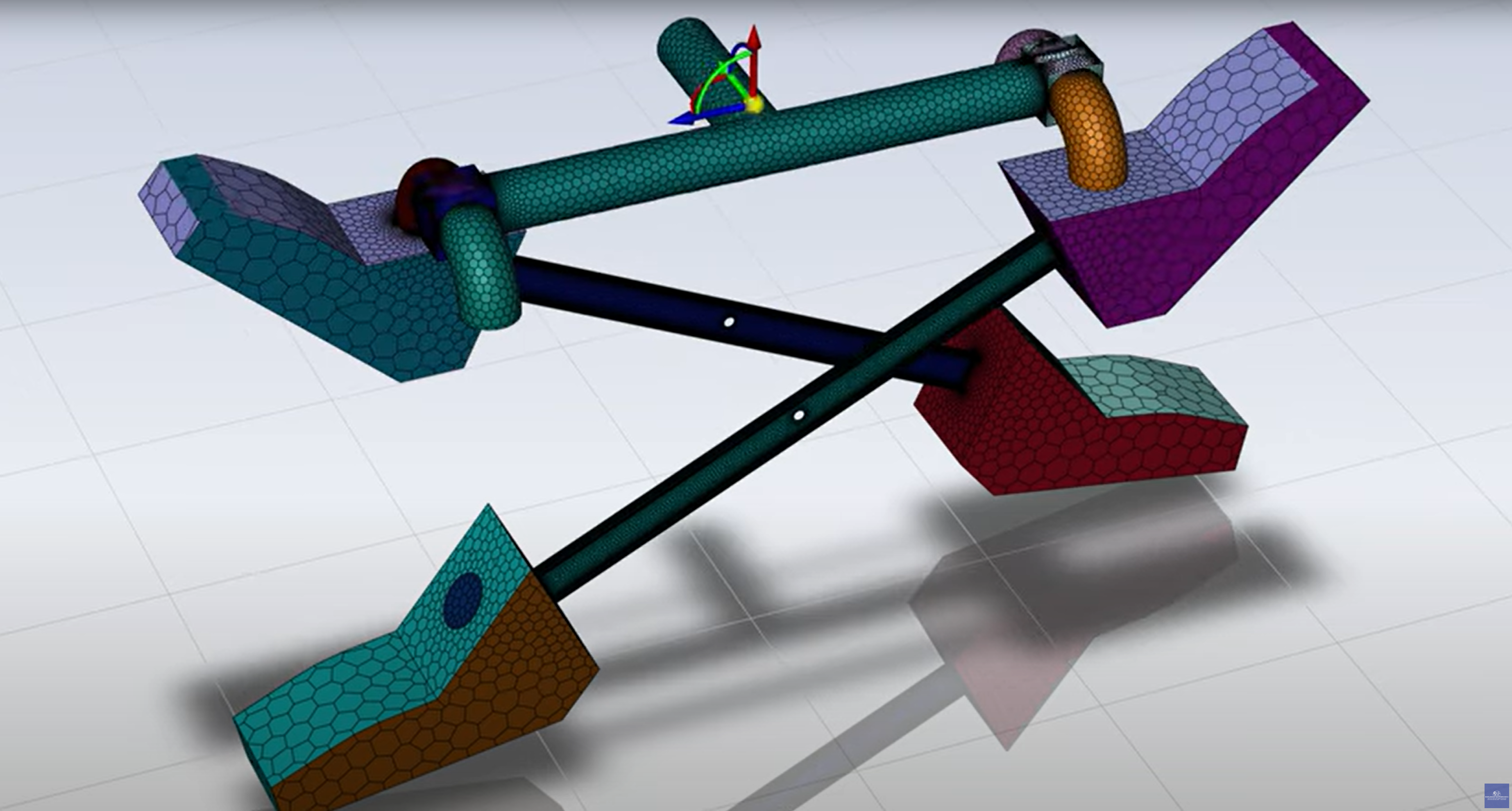
Optimizing Computational Fluid Dynamics with Ansys Fluent: A Brief Discussion of Our Simulation Process
Supported by.
All our partners are vital to our success. Here are a few we would like to highlight to show our gratitude.






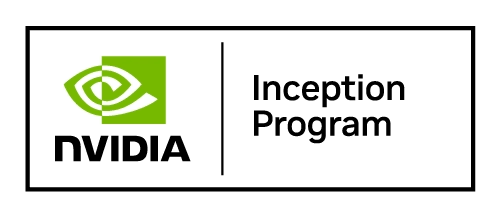
Unleash the Power of Clean Energy
Replenish Waterpower: Next-generation tidal energy technology for a sustainable future.

